sate noodles
The only disciple chef Wang Daquan who teaches Shacha Noodle recipe by the master of Southern Fujian cuisine Yang Jibo inherits the tradition and makes it flourish. The main ingredients of Shacha sauce are dried shrimp, dried fish, onion, garlic, ginger and more than a dozen other ingredients. After deep-fried crispy and grinded fine, Shacha sauce is prepared for use.
Fujian is one of the earliest coastal areas open to the outside world and one of the main ancestral places of overseas Chinese. There are many imported products in Fujian people's lives, and Shacha is one of them. Sha cha Siwon in Malaysia, there are also from Indonesia. People in Southern Fujian drink tea and become popular. Therefore, the sate translation of Malay language is called sa-te.
Sand tea noodles are very simple. Soda water and oil noodles are boiled in a boiling pot under the fence. They are salvaged in a bowl. With their own taste, they are added with pig heart, pig liver, pig waist, duck tendon, duck blood, large intestine, squid, tofu and other accessories. Finally, they are dried with soup that has been boiling in a large pot. A bowl of noodles can be served in a minute.
At the end of the 18th century in Xiamen, a family lived at the foot of Mount Putuo (now Nanputuo), fishing for generations. His father died early, and his son and his mother depended on each other. Unfortunately, a great wind swept away the son who was fishing. Ten years since then, no news has been heard; the desperate mother has cried her blind eyes, and her taste buds have been lost.
The lucky son was rescued by an Indonesian merchant ship and worked as a cook on the ship. He found that Indonesians like to cook meat with a powder called sand tea. The meat is so delicious and delicious. His heart wants to go home. He must cook such meat for his mother. Ten years later, the young man finally returned to Xiamen with the boat and saw the thin and old mother, whose son had a knife in his heart, and decided to be filial to his mother. Although his son took good care of him, his mother still had no sense of taste. One day, he bought his mother's favorite peanuts. After grinding peanuts into powder and adding them to noodles made of bone soup, my mother took a bite and said, "What a light taste!" The son was overjoyed and went to fetch the salt bar. He found that the salt bar had been used up and turned over the tea powder that Indonesia had brought back. He used it instead of salt bar to sprinkle some noodles. Unexpectedly, my mother ate noodles and said, "what is this? It's so delicious!" The son came close to the bowl and smelled so fragrant. From then on, the mother's taste was restored. Later, in order to make a living, the young people took the cooked sandtea noodles to the wharf to exchange some daily necessities and fish with fishermen, and gradually more and more boats stopped for this famous bowl of sandtea noodles in the countryside! Today, this bowl of filial piety and the birth of the tea noodles, has become the pronoun of Xiamen snacks. It is Xiamen's most distinctive snack, which is sought after by Xiamen people and foreign tourists.
Making of tea sauce
1. Burn peanuts, dried fish and dried shrimp into 50% hot salad oil, soak and fry until fragrant and cooked, then remove them and grind them into sauce.
2. Take one bite of iron pot, add peanut oil, add dry chili powder, garlic and scallion to fry until fragrant, leave oil and residue to be used.
3. After washing the pan, put in the fried oil, and burn until 50% hot, add peanut butter and hot shacha, and simmer until the sauce bubbles.
4. Xiamen Shacha noodles taste salty, spicy, a little sweet, red and bright soup, salty, spicy taste, nutritional collocation is reasonable.
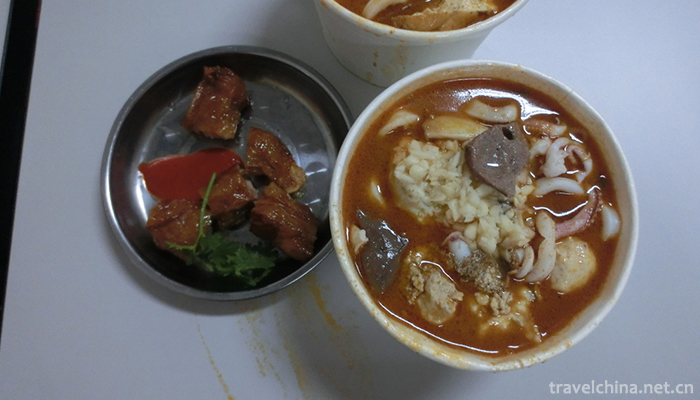


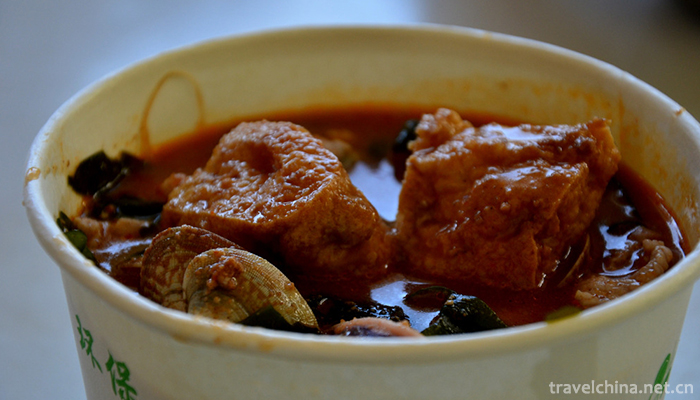

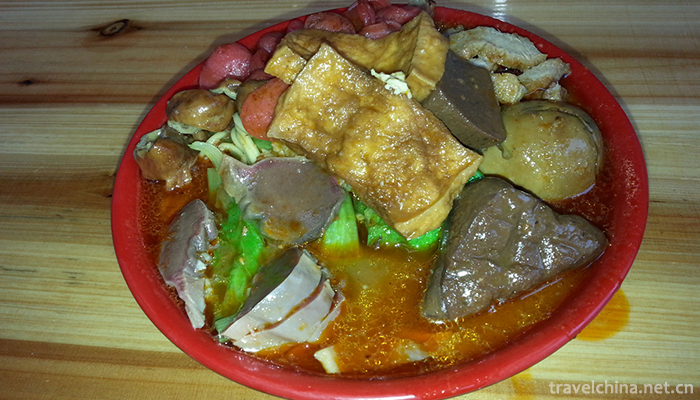
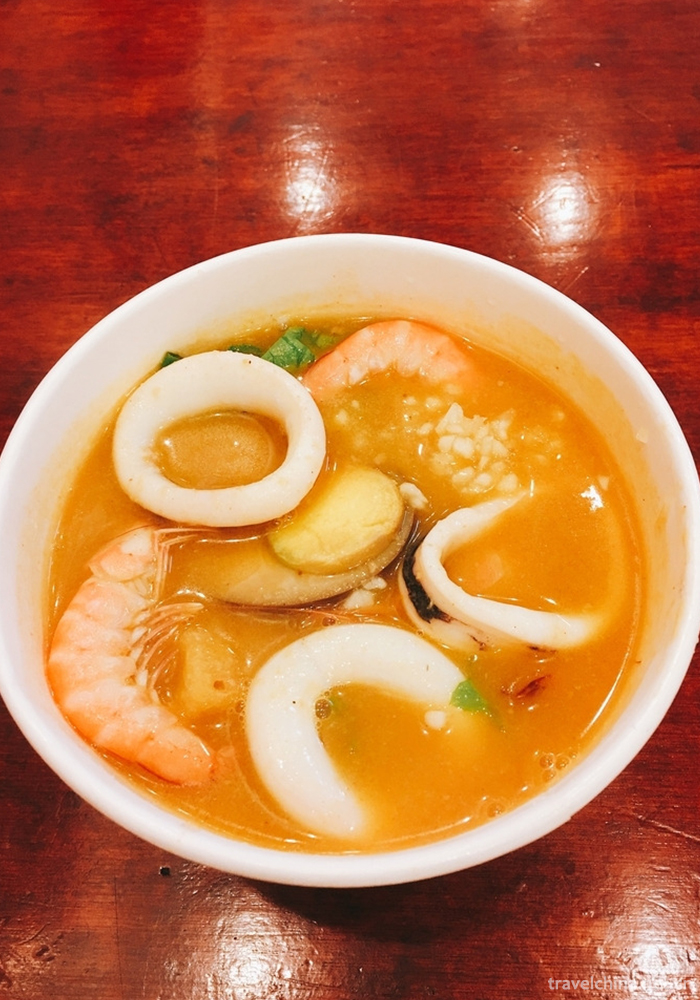
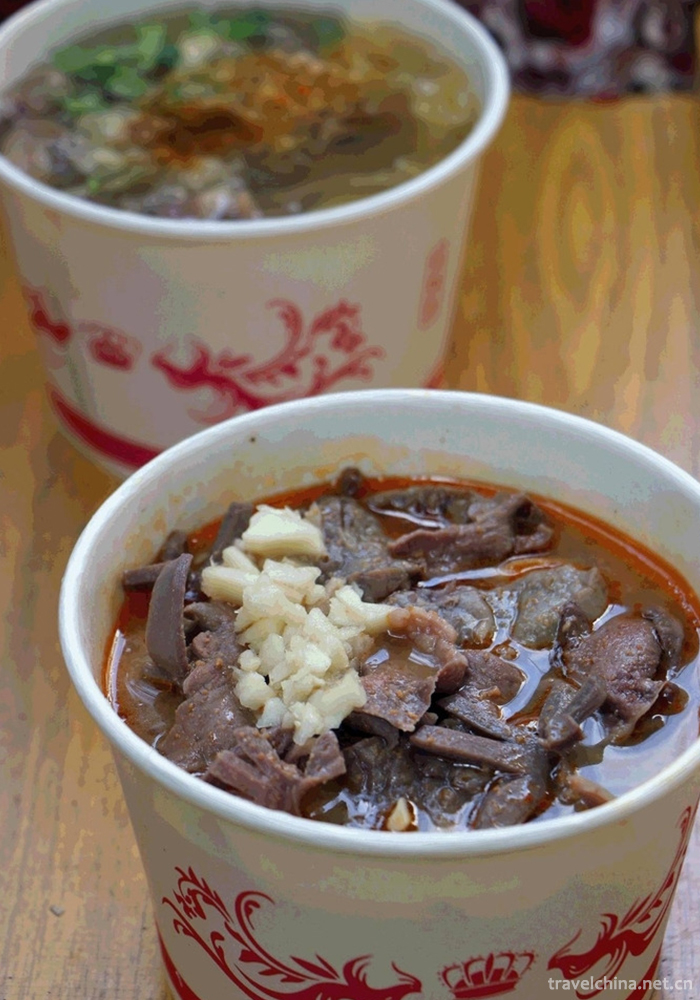
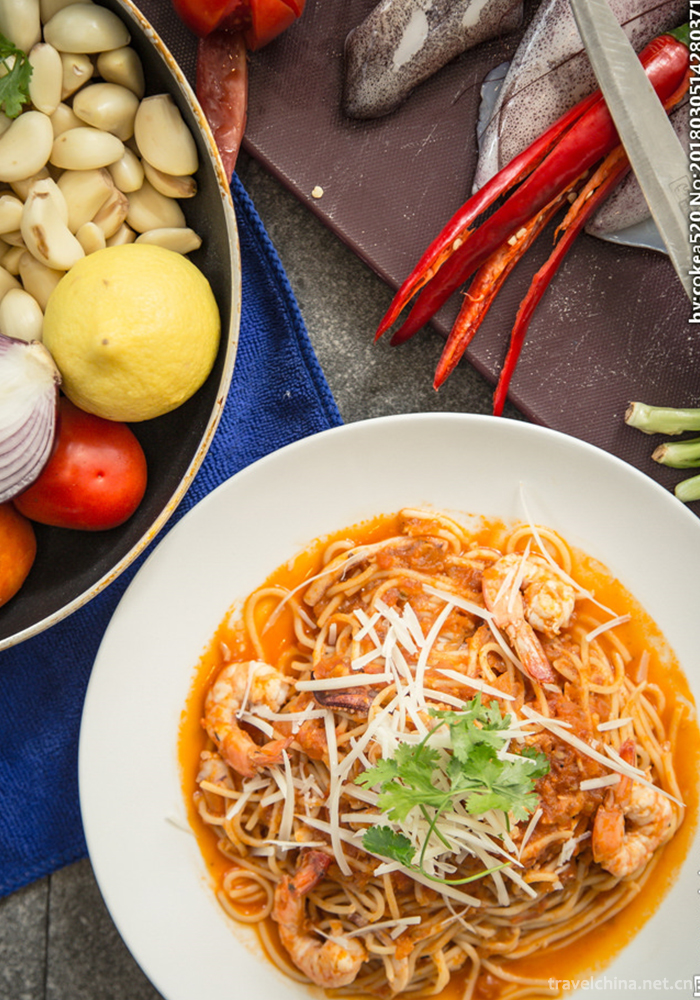
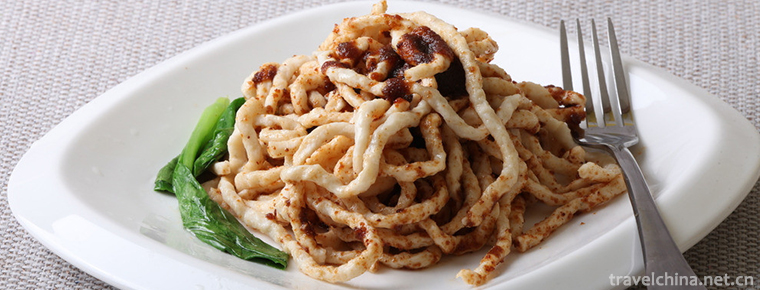
-
1.Chongqing small noodles
Chongqing small noodles is one of the four characteristics of Chongqing
Time 2018-10-12 -
2.Changchun World Sculpture Park
Changchun World Sculpture Park is located in the south of Renmin Street in Changchun City. It covers 92 hectares, including 11.8 hectares of water.
Time 2018-12-05 -
3.Shanghai Museum of Natural History
The Shanghai Museum of Nature (Shanghai Science and Technology Museum Natural Branch) is one of the largest natural museums in China. Located in the center of Shanghai, Address: 260 Yan'an East Road,
Time 2018-12-15 -
4.Longsheng Hot Spring Resort
Longsheng Hot Spring is located 32 kilometers northeast of Longsheng County. It takes 40 minutes to get to Longsheng Hot Spring by bus from the county town. Hot springs are gushed from rock strata 120
Time 2019-02-06 -
5.Yangda Kuduktur Beacon Platform Site
Beacon also known as beacon platform, beacon platform, Yandun, pyrotechnic platform. If there were enemies, smoke in the daytime and fire in the evening were the quickest and most effective ways to tr
Time 2019-03-02 -
6.Ah Shi Ma
Ashima, a traditional folk literature in Shilin Yi Autonomous County, Yunnan Province, is one of the national intangible cultural heritage.
Time 2019-03-28 -
7.Miao Jia Li
Jiali, Miao is called "jaxlil". In the context of Miao language, "Jiali" is a synthesis of the semantics of "philosophy", "truth", "reason" and "
Time 2019-06-05 -
8.Yi Quan
Yiquan, also known as Dacheng Quan, is one of the traditional Chinese boxing and belongs to Neijia Quan. It comes from mind boxing. Including: standing pile, trial, footwork, strength, sound test, pus
Time 2019-07-13 -
9.Zhangzhou Puppet Head Sculpture
Zhangzhou puppet head carving is a traditional folk arts and crafts in Zhangzhou City, Fujian Province. It belongs to a special skill in the production of puppet stage props. Zhangzhou puppet head car
Time 2019-07-25 -
10.Firing Techniques of Copper Official Ceramics in Changsha Kiln
Changsha kiln copper official ceramics firing technology, Hunan Province's traditional handicraft, one of the national intangible cultural heritage.
Time 2019-07-25 -
11.Bao Shu Ya
Bao Shuya (the first 723 years or the first 716 years - the first 644 years). Si Surname, abalone His name is a famous uncle. Yingshang (now belongs to Anhui (person) the Spring and Autumn period Qi S
Time 2019-09-11 -
12.Cai Ze
Cai ze The birth and death are unknown. The Warring States Yan Guo Gang Cheng (today) Hebei All men are good at argument, wisdom, and lobbying. Cai Ze was in a desperate position to enter the Qin Dyna
Time 2019-09-14